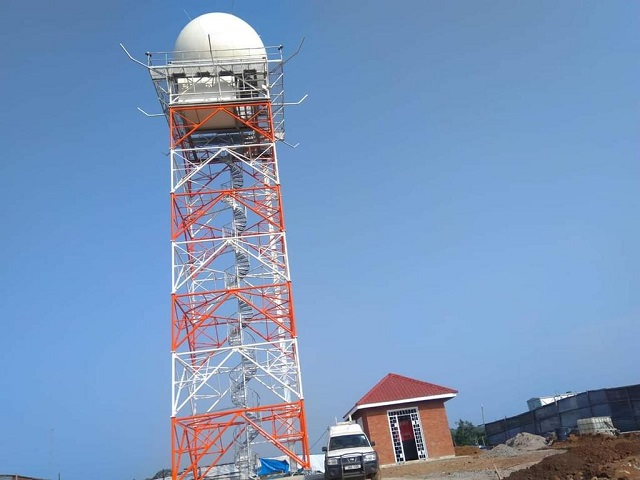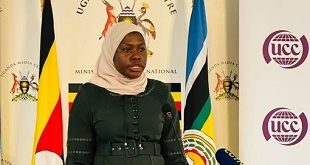
Kampala, Uganda | THE INDEPENDENT | The World Meteorological Organization (WMO) has called on governments to protect radio frequencies allocated to potentially life-saving weather forecasting services, amid growing competition for radio wave space due to new wireless technologies.
The agency observes that earth observation services vital to weather forecasts and long-term climate change monitoring are having to share more and more limited bandwidth, with the rollout of new communication devices, including the new 5G phone data service.
Eric Allaix, the chair of the WMO group dealing with frequency issues, says that frequencies dedicated to weather forecasts need to be balanced with commercial interests, explaining the risks posed by having too little bandwidth, when it comes to early warnings of bad weather.
“Thanks to timely weather warnings, there has been a big reduction in loss of life during recent decades. These improvements are directly related to the use of radio frequency-based remote sensing, feeding directly into numerical weather prediction systems giving more accurate predictions with longer lead periods,” he said.
The concern comes ahead of the World Radio Communication Conference due to take place in Sharm el-Shaikh, Egypt, from October 28 to November 22, 2019. The conference, held every three to four years under the auspices of the International Telecommunications Union (ITU), brings together more than 3,500 participants to address and revise radio regulations which govern the use of radio-frequency spectrum and satellite orbits, with major repercussions for earth exploration, environmental and meteorological monitoring.
Allaix said in a statement that WMO does not wish to hamper technological advancements, but that the agency was concerned that they should not encroach on the frequencies used by life-saving applications including aircraft, radar and other observing systems beyond predicting the weather.
“There needs to be a balance between short term commercial and technological interests and long-term global well-being and safety. We should not run the risk of reversing many of the gains in our warning services for natural hazards and thus potentially increasing the loss of life and property,” said Mr Allaix.
In June, the World Meteorological Congress, WMO’s decision-making body, passed a resolution stressing the need to protect radio bandwidth necessary for earth observations, explaining that jeopardizing these frequencies jeopardizes weather forecasts and services, and thus, people’s lives.
The radio frequency on which these observations operate runs adjacent to the 5G frequency used on many mobile devices, which make lines of communications in predicting the weather vulnerable to interference.
“Our ability to foresee incoming disaster and destructive weather events is possible thanks to “passive sensing techniques”, used by many weather experts, the WMO explains. Sensitive instruments measure very low-power microwaves emitted from the atmosphere and the Earth’s surface.
******
URN
 The Independent Uganda: You get the Truth we Pay the Price
The Independent Uganda: You get the Truth we Pay the Price





